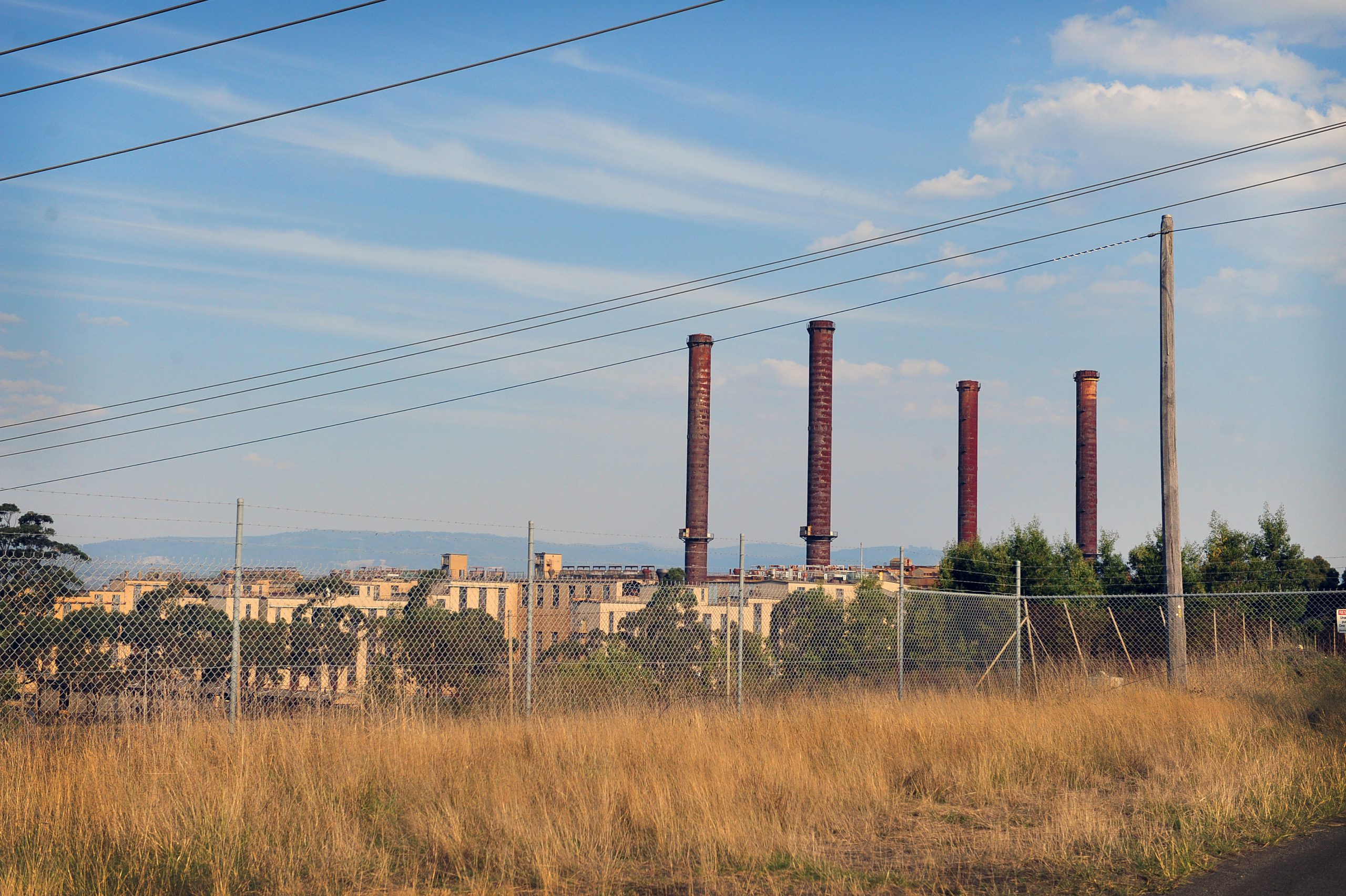Energy Brix Australia Corp cannot guarantee all asbestos will be removed from the old Morwell Power Station site, if demolition goes ahead at the site next year.
EBAC remediation project manager Barry Dungey said he was confident contractors could remove all asbestos, but said budget restraints may mean some was left behind.
“We can’t guarantee we will get everything, some is hidden in obscure places. Any asbestos we leave behind will be low risk – mainly cement sheeting,” he said.
“We will get close to removing all of it, but we have an approved budget to work with. If there is any fracturing, the edges will be covered and sealed.
“It will be safe, it’s been there for 60 years, and will probably last another 60 years if we don’t take it down.”
Heritage Victoria is considering a proposal to heritage list the site, with a decision expected before Christmas.
Demolition of the site will only be able to go ahead if the proposal is rejected.
It is also waiting EPA approval which could be
Coal Energy Australia is also interested in purchasing the site to fire up the briquette
He said EBAC had short-listed five large-scale demolition
He said hazardous material would be wrapped in plastic and sealed in
Once completed, the pit will be domed-off and native shrubs will be plated over it.
He promised there will be regular
“We believe onsite disposal is the safest option. Asbestos is non-migratory, once buried, it doesn’t flow through water or soil. Once buried, it’s safe, as the risk is in airborne
“If we used road transport, there would be between 300 to 500 truckloads of asbestos carried for one-and-a-half hours on the road, and there could be accidents. Then we would have to deal with secondary contamination.”
He said it could take around 18 months for the entire project, including 12 months of asbestos removal.
Asbestos Council of Victoria/
“I don’t want to hear you say you will leave any asbestos
“It’s an insult to leave that power station where it is, the people poisoned by it are still in this valley and are affected by it every day.”











